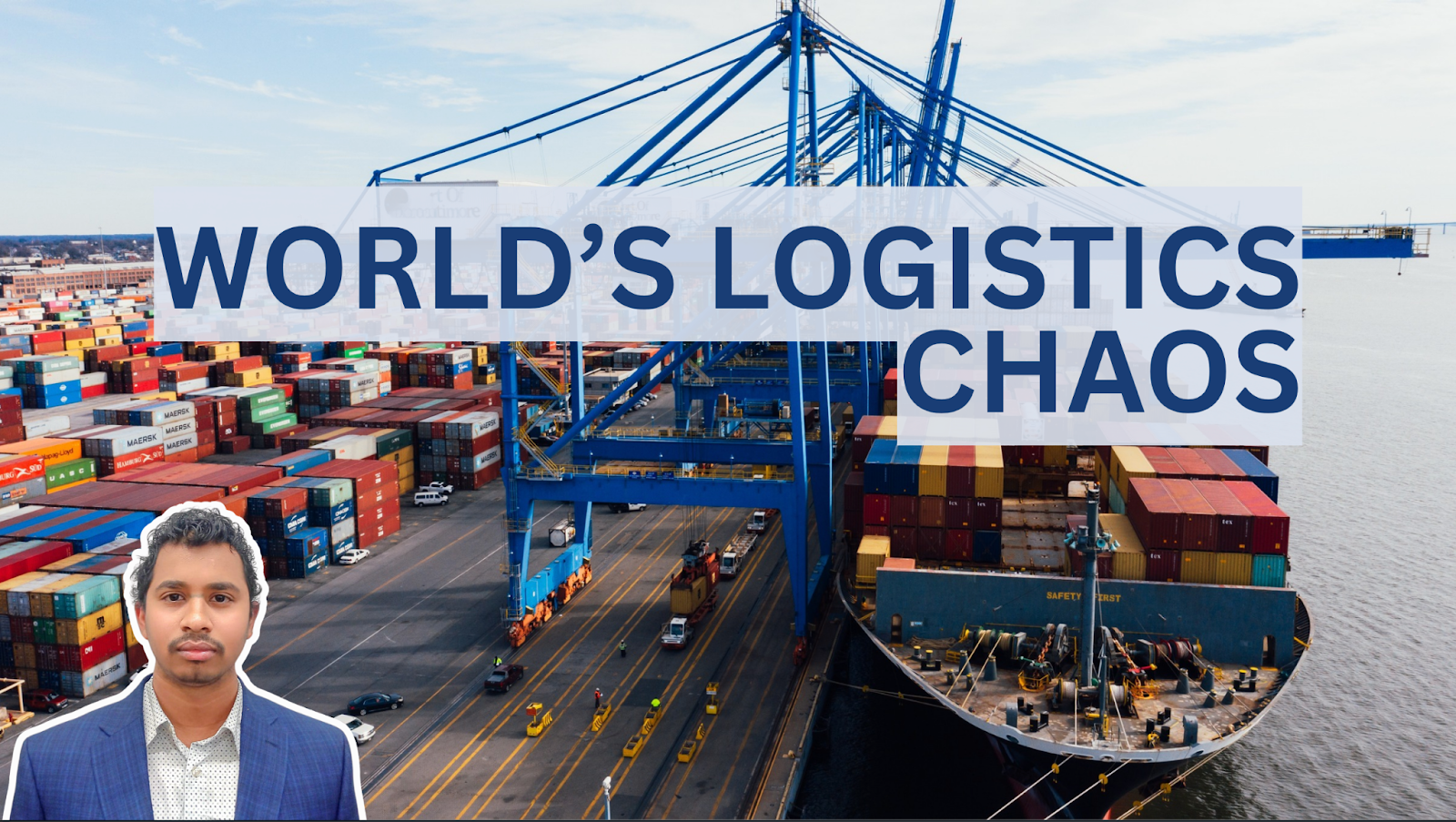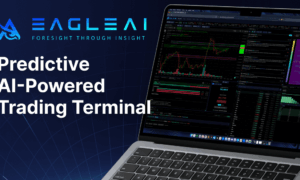Trucks roll, ships move, and packages hit doorsteps at lightning speed. Yet behind the scenes, the logistics industry is in a constant state of tension, trying to match consumer demand with fragmented systems, outdated tools, and global uncertainty. By 2027, the global logistics sector is projected to be worth over $12 trillion. But growth doesn’t guarantee order. In fact, the larger it gets, the more pressure it feels.
At the center of this complexity lies one of the industry’s most untapped resources: data.
Data, when harnessed correctly, has the potential to transform logistics from a reactive function into a predictive engine. Whether it’s addressing delivery delays, mapping out optimal inventory paths, or spotting fraud, data-driven decision-making is no longer a luxury, it’s essential. According to McKinsey, inefficiencies in supply chains cost businesses $1.6 trillion a year. These aren’t minor gaps, they’re billion-dollar black holes in operational efficiency.
Consumers have little patience for such gaps. They’ve come to expect same-day deliveries, real-time updates, and zero margin for error. Businesses, meanwhile, juggle this demand with cost pressures and regulatory expectations. A 2024 World Bank study highlighted that over 60% of supply chain delays stem from fragmented data and poor integration across systems.
That’s where data analysts enter the picture, not just as problem solvers, but as infrastructure architects.
Srikanth Yerra, a Hyderabad-born data professional now working in the U.S., has spent his career at the intersection of analytics and logistics. With degrees in Computer Science and Information Systems, and a background spanning banking, healthcare, and now logistics, he recognized a pattern early on: companies had data, but not clarity. Dashboards existed, but decisions lagged. Insights were siloed, and systems rarely spoke to each other.
His focus shifted to building solutions that went beyond reporting. In one major project, Yerra developed AI-based models to forecast delivery disruptions, reducing delays by 20%. By automating ETL pipelines and trimming data processing time by nearly a third, teams were able to respond faster and more accurately. Real-time dashboards replaced slow, error-prone reports, offering instant views into inventory, cost, and route efficiency.
For Yerra, the goal wasn’t just optimization, it was clarity. “Data’s like a map,” he says. “Read it right, and it shows you paths no one else sees.”
That perspective became especially valuable as logistics companies struggled with mounting complexity. From flood disruptions to cross-border regulatory hurdles, outdated systems were no match for the speed and scope of modern commerce. Yerra’s cloud-first approach, combined with machine learning tools, helped organizations shift from static planning to dynamic decision-making.
His tools weren’t just for executives, they were designed for people on the ground. Warehouse managers, drivers, and field teams used his dashboards to make faster, better-informed decisions. One system monitored inventory in real time, flagging anomalies before they triggered bigger issues. Another identified shipping traffic jams using machine learning models to reroute fleets proactively. These weren’t theoretical frameworks; they were operational tools used across geographies.
What set Yerra apart was not just his technical proficiency with Python, SQL, Azure, or Power BI, but his ability to translate data complexity into actionable insights. His work earned recognition not only within his organizations but also in academia. With over 10 research papers on AI, anomaly detection, and cybersecurity, his ideas have been cited globally, bridging theory and real-world application.
A 2024 industry report estimated that better analytics practices across logistics could unlock $200 billion in value. Yerra’s work is part of that story. From refining workflows to improving delivery reliability, his contributions demonstrate the tangible impact data can have when applied with precision and purpose.
But his approach also highlights a deeper insight: that technology, when thoughtfully implemented, isn’t just a tool, it’s a trust builder. Predictive insights help companies avoid crisis. Transparent systems empower employees. Accurate data restores consumer confidence.
As the logistics sector continues to expand and evolve, stories like Yerra’s serve as a blueprint for what’s possible. His efforts show that solving logistics isn’t about doing more, it’s about doing smarter. And sometimes, the biggest breakthroughs don’t come from new trucks or warehouses, but from the quiet, consistent analysis of the data those systems generate every day.



































